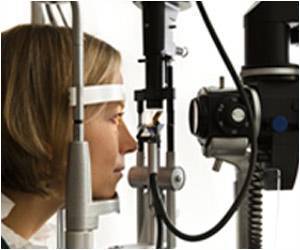More than half of routine eye examinations in asymptomatic patients lead to a change in vision prescription or other changes in care.

‘More than half of routine eye examinations in asymptomatic patients lead to a change in vision prescription or other changes in care.’





The study included data on nearly 6,400 patients seen at the researchers' eye clinic during a one-year period. About 40% of patients reported no problems with blurred vision, headaches, or other eye-related symptoms. In this group of asymptomatic patients, Dr. Irving and colleagues determined rates of significant changes since the previous assessment. Significant changes included a change in vision prescription (glasses or contact lenses), diagnosis of a new eye condition, or a new change in patient management.
Overall, 58% of asymptomatic patients had at least one significant change on routine eye examination. These included vision prescription changes in 41%, new diagnoses in 16%, and management changes in 31%. (Some patients had more than one type of change.)
Older patients were more likely to have significant changes. The rate of changes resulting from routine eye exams ranged from 8% for children under four years old to 78% for adults 65 and older.
Assessment intervals were longest for young and middle-aged adults; for both groups, median time between visits was about three years. Older age and longer assessment interval were both associated with a higher rate of significant changes, independent of each other.
Advertisement
Across age groups, the assessment intervals in the study closely matched Canadian optometry guidelines. Dr. Irving and coauthors conclude, "Given an overall greater than 50 percent detection of significant change, routine eye examinations do appear to be productive in asymptomatic patients, and this appears to increase with age."
Advertisement
Source-Eurekalert













